Ad Placement | How To Increase The Speed Of Your Ad Placement
If you want to have a better website and get more revenue it is important to speed up the ad placement. A faster site is the same as increasing ad revenue. That is why it is essential to speed up the ad placement.
There are 5 easy and important ways how to increase the speed of your ad placement.
-
Reviewing pass-backs
-
Configuring lazy loading
-
In-line Cascade Style Sheets (CSS)
-
Compressing Picture sizes
-
Responsive design
The first way to increase ad placement speed up is REVIEWING PASS-BACKS
Utilization of different kinds of pass-backs is a quite common activity for many ads optimizers. But unfortunately, that usage has become a reason for something called “latency” and that in its places makes it hard for the people to view the ads. In order not to let something like this happen, you have to make sure that you do a checkup of your pass backs on a regular basis. By doing so you will be able to understand what kind of ad servers contribute to Latency. It would be even better if you changed to header bidding technique.
Another way to boost the speed of your ad placement is CONFIGURING LAZY LOADING.
Lazy loading is something that lets your ad placement appear on some parts of the website where the user is at one specific moment. All your advertisements will be loaded one at a time when you go down the site. That means that a footer advertisement will only be seen when you reach the end of that specific part of the website. Lazy loading is also known as Smart Loading. That smart loading is centered on the fact that ad viewability is at its top activity.
The third way to improve the speed of the ad placement is IN-LINE CSS.
All of the most successful practices of HTML are saying that creating an external CSS will be the best to create a wonderful content to code ration. But there is one thing. If you want to speed up the ad placement it would be better if you created a <div> in order to house the advertisements. You may split the Cascade Style Sheet by actually having a separate in-line CSS for ATF (above the fold) ad placement. After that hardcore your advertisement for it to start loading quicker.
Another was to make the speed of your ad placement quicker is COMPRESSING THE PICTURE SIZE.
You should make them smaller. By doing that, you will be able to optimize them for the best and the quickest speed. For instance in all kinds of mobile websites it is better to keep all the elements smaller than one thousand to optimize the customer activity. There are different kinds of choices in all kinds of plug-ins and different applications that will actually let you make your picture size smaller.
The fifth way to boost the ad placement speed is RESPONSIVE DESIGN.
In fact Google created Accelerated Mobile Pages that in fact give a quicker and more enjoyable experience for mobile-search users. A quick mobile website says that the ad placement and the loading of all ads is happening really quickly. AMP makes it faster for ads to be displayed than just an ordinary mobile website, though there are some pass-backs.
If you follow all these tricks on how to increase the seed of your ad placement, your life will become much easier and you will be able to make more money than you have been making before learning these valuable tricks.

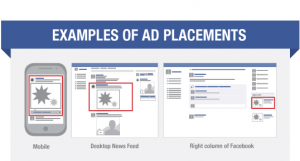

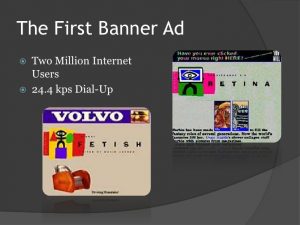
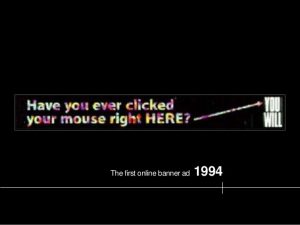
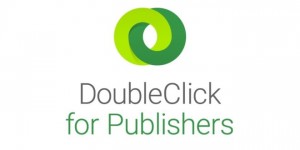 In 1996 a company called DoubleClick offered its clients a new service
In 1996 a company called DoubleClick offered its clients a new service 

 It fact it did already change it but it continues to do so, the process has not stopped and there are no prospects it will ever stop. If we try to summarize the impact of digital advertising on the world of
It fact it did already change it but it continues to do so, the process has not stopped and there are no prospects it will ever stop. If we try to summarize the impact of digital advertising on the world of 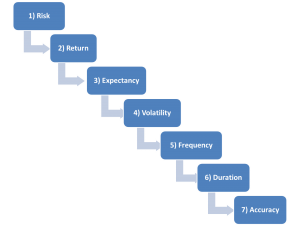 If at the very initial primitive level digital advertising meant
If at the very initial primitive level digital advertising meant 
 It is not a secret that data is very important for marketers and a lot of companies are investing in
It is not a secret that data is very important for marketers and a lot of companies are investing in 


 It is very important that in 2017 companies start doing something that not a lot are doing. They should poke fun. This can be done through social media: Instagram, Twitter,
It is very important that in 2017 companies start doing something that not a lot are doing. They should poke fun. This can be done through social media: Instagram, Twitter,  The answer is as easy as 1+1. In this way the publishers are able to
The answer is as easy as 1+1. In this way the publishers are able to 


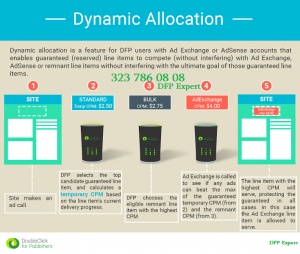

 marketing trends 2016 were complicated with their beauty and discrepancy, but those who are eager to keep up with the latest online marketing trends, strive to keep up with the unimaginably fast pace. Each year, new companies and industries make attempts to adapt to
marketing trends 2016 were complicated with their beauty and discrepancy, but those who are eager to keep up with the latest online marketing trends, strive to keep up with the unimaginably fast pace. Each year, new companies and industries make attempts to adapt to 


